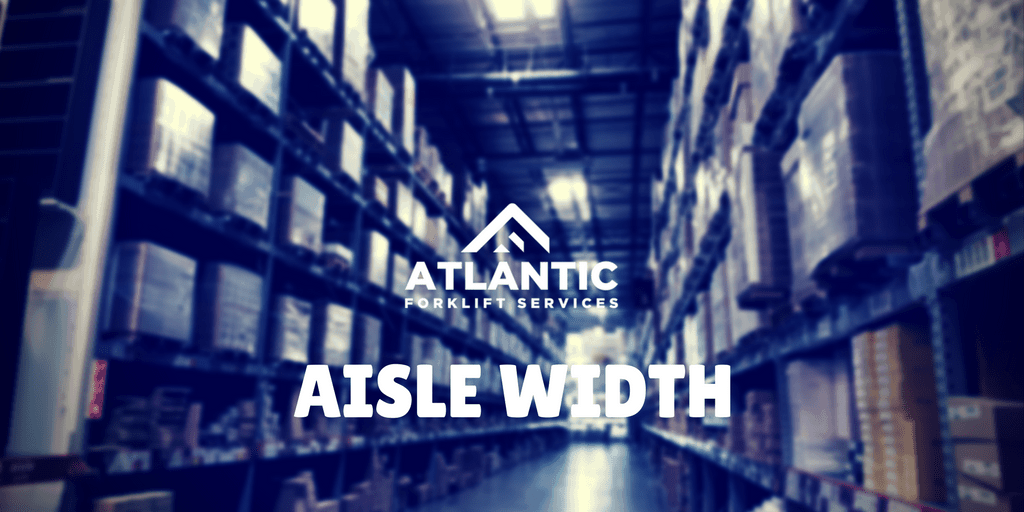 Which comes first- the warehouse, or the forklift?
Which comes first- the warehouse, or the forklift?
For this article, let’s assume you’re building your warehouse around your forklift. There are several considerations to be made as you determine how wide your aisles will need to be.
It is important to note that before you design your warehouse consult with your lift truck manufacturer. They’ll be able to give you the stacking aisle requirements and help you avoid a design flaw that could prove costly at best- dangerous at worst.
When you are determining the width of your aisles, remember that empty racks are only part of the equation. Loaded racks bearing pallets will require six inches more space- three inches on each side of the aisle. This “clear aisle” space is the distance between products stored in the racks- not shelf to shelf.
Since we are beginning with a lift truck and designing the warehouse based on that, we’ll begin with the type of lift most widely used.
Wide aisles (11-13 ft) are best-suited for counterbalanced forklifts like the type mostly used today in warehouses. It can manage a 90-degree turns and the operator drives the lift right up to the load being moved.
A so-called “single-deep reach truck” allow the operator to sit or stand, and require an aisle 8-10 feet wide. These trucks can turn in 90 degree angles and are equipped with triple-stage masts.
A “double-deep reach truck” with extendable forks requires an aisle width of 10-11 feet.
Finally, a turret truck, which lifts the operator to retrieve materials stored high on the racking, requires only 6-7 feet of width.
As we mentioned before, check with your forklift manufacturer before you build your aisles around your lift, and check with our experts as well at (704) 842-3242. We can help you make the decisions necessary if you’re put your forklift (or warehouse vehicle!) before your warehouse.
